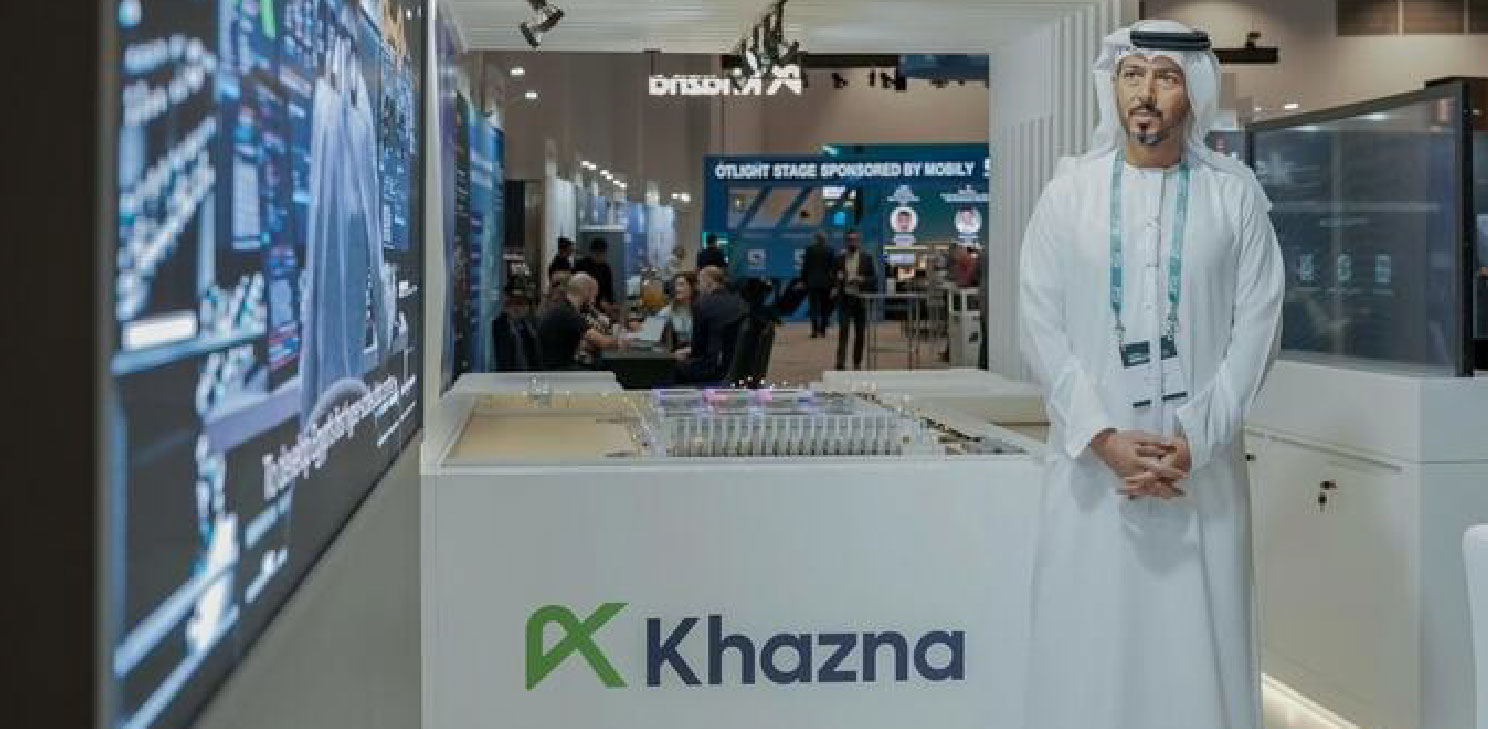Battery clean and dry rooms (C&D room) play a vital role in the battery industry, ensuring optimal performance by maintaining low humidity levels and a very low concentration of airborne particulates. A specially dimensioned Heating, Ventilation and Air Conditioning (HVAC) system is required to operate a C&D room and so accounts for a substantial part of the total energy demand in battery cell production.
The clean rooms for battery manufacturing usually use the following classes of cleanness ISO 8, ISO7, and ISO6 per ISO 14644-1 standard or equivalent classes 100,000; 10,000; and 1,000 per FS209E standard. These classes belong to the middle class of cleanliness. Dry rooms in battery manufacturing must have less than 0,3 grams of water per 1 kg of air (or less than 2% of relative humidity).
The humidity level in battery manufacturing varies depending on the stage of the process. Typically, during cell assembly, currently, the dew point ranges from -35°C to -45°C, corresponding to an absolute humidity of 0.10555 to 0.2841 grams of water per kg of dry air. However, with the next generations of Li-ion batteries, the industry is witnessing a trend towards even lower dew points, sometimes reaching -60.0°C and, even below -80.0°C in critical areas like electrolyte fill.
The requirement for increased air dryness driven by the push for lower humidity levels in clean rooms has led to increased energy consumption, which constitutes a significant portion of lithium-ion battery production costs. Since the required dew point is below zero degrees, the required dryness level in Clean and Dry rooms cannot be achieved during the drying process in the refrigeration cycle, but only using a desiccant, i.e. adsorption drying technology. The typical C&D room’s HVAC system consists of a make-up air handling unit (AHU) supplying fresh air and a dehumidifier unit (DHU) to perform a continuous drying process.
The C&D room is typically constructed with light walls inside the process building. This light wall construction must provide the required level of air and humidity tightness. It’s crucial to ensure that not only the walls and ceiling are tight but also that the room’s floor provides adequate moisture insulation to prevent moisture ingress through concrete.
When starting C&D room design it is important to assess the flow of people and materials within the cleanroom envelope. Proper sizing and the number of airlocks should be planned in advance to serve as intermediate areas that prevent the transfer of contaminated air. These airlocks are categorised into Personal AirLocks (PAL) and Material AirLocks (MAL).
The designed space above the clean room is a small room called a plenum, which is intended for pressure balance and air distribution in the clean space below. The floor of the plenum shall be walkable, it is also called the walkable ceiling of the clean room. This is important for proper maintenance of ventilation, lightning, firefighting, and other systems intended for the C&D room without contamination and main process interruption.
The C&D rooms shall be over-pressurised compared with surrounding spaces to prevent the entry of wet and contaminated air. The fresh supply airflow is mainly determined by the air compensation for local process exhaust, the necessary air over pressurisation level, and the fresh air necessary for personnel. The more airtight the C&D room is, the fewer resources are needed to maintain the desired internal atmosphere.
Key Design Considerations for Air Plenums:
- Walkability for maintenance access
- Distribution of process utilities
- Consideration of plenum height
- Maintenance of pressure within the plenum
- Airtightness and sealing of penetrations
- Overall dimensions for optimal functionality
For the opportunity to have in-depth discussions about this and other challenges facing gigafactories, as well as meeting with exhibitors providing circular economy solutions, attend the 4th Battery Gigafactory Summit USA: Advances In Planning, Engineering And Operations, taking place on October 28-29, 2025, in Nashville, Tennessee, USA.
For more information, visit our website or email us at info@innovatrix.eu for the event agenda. Visit our LinkedIn to stay up to date on our latest speaker announcements and event news.













